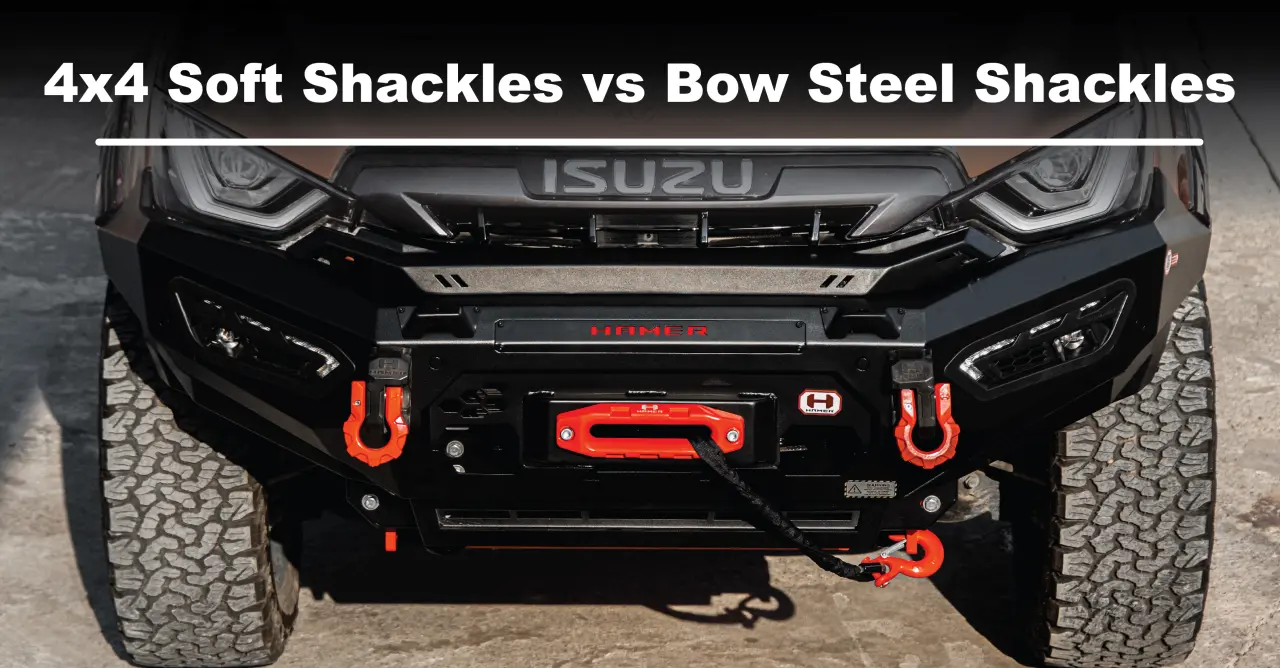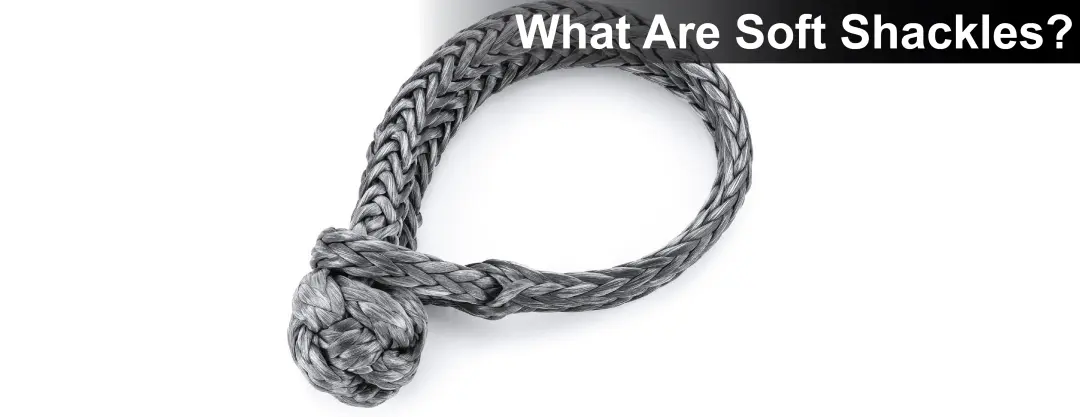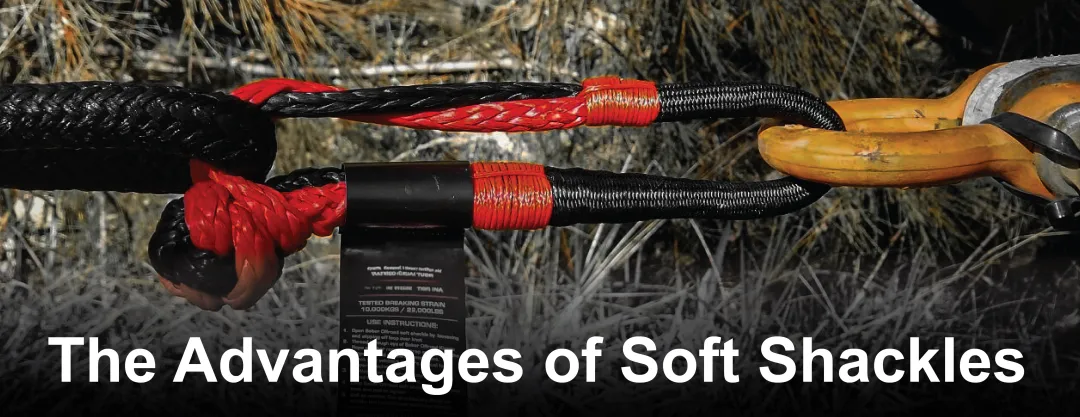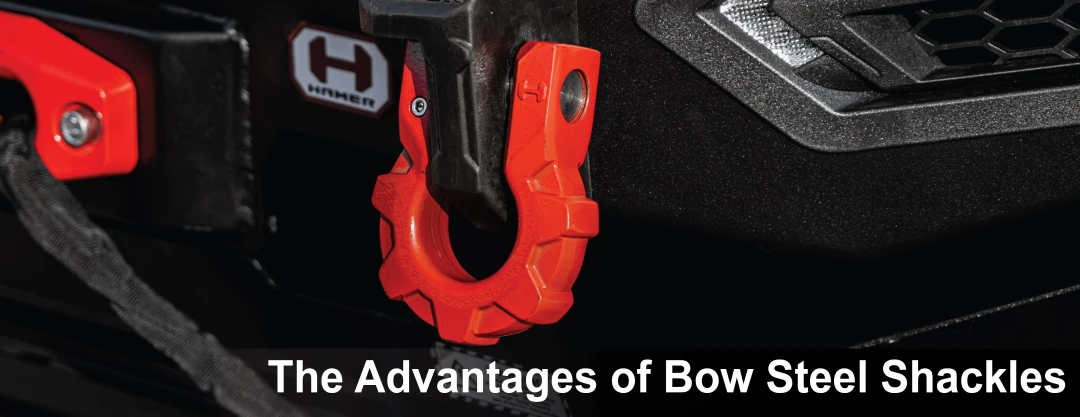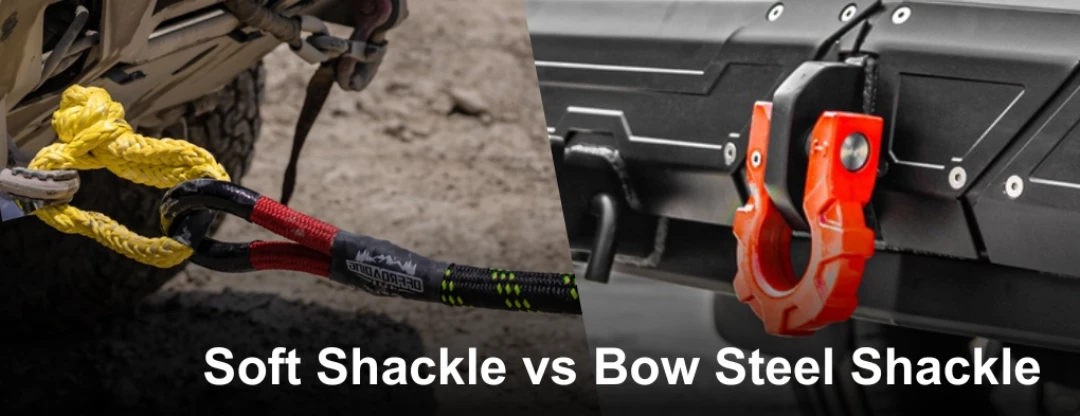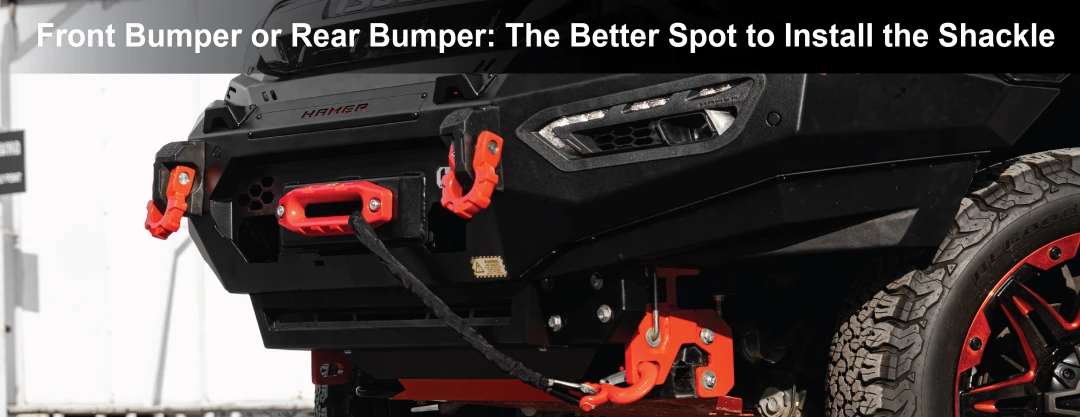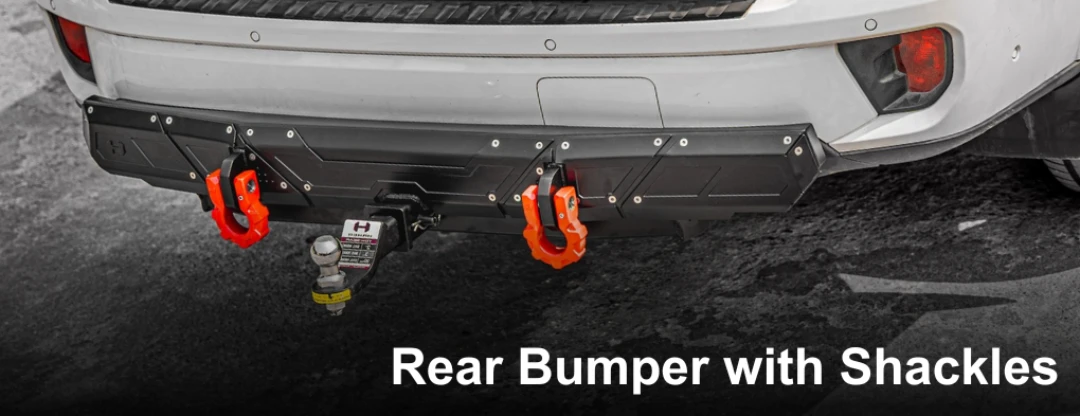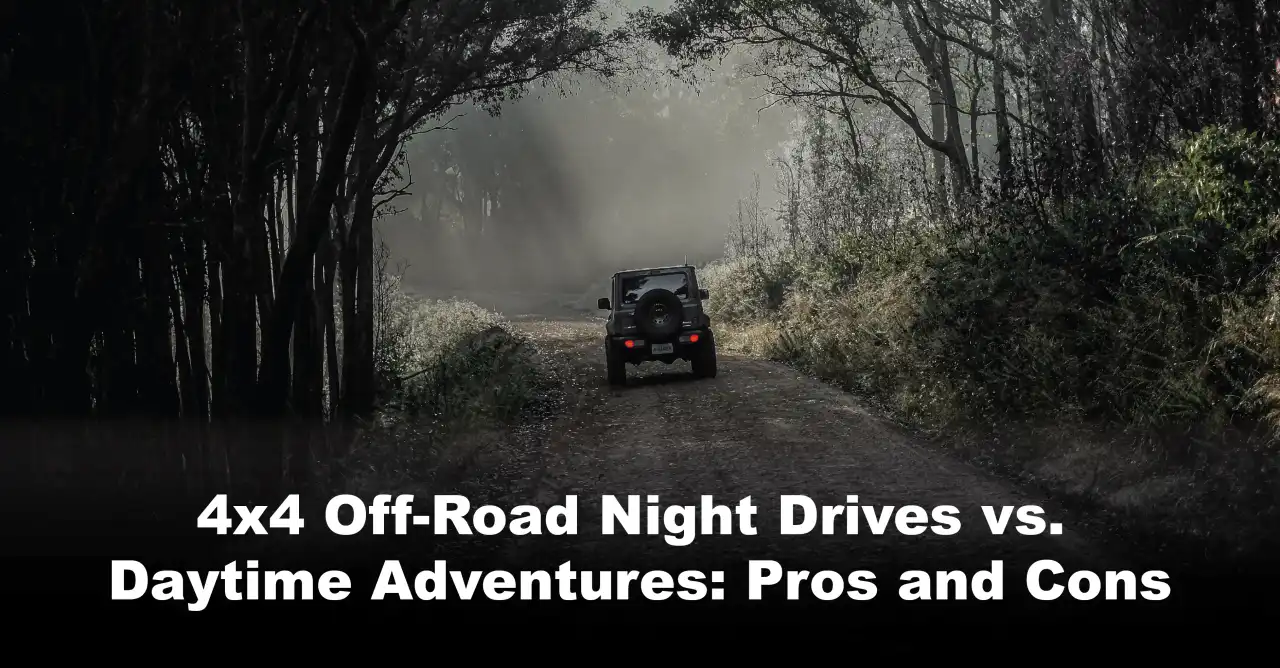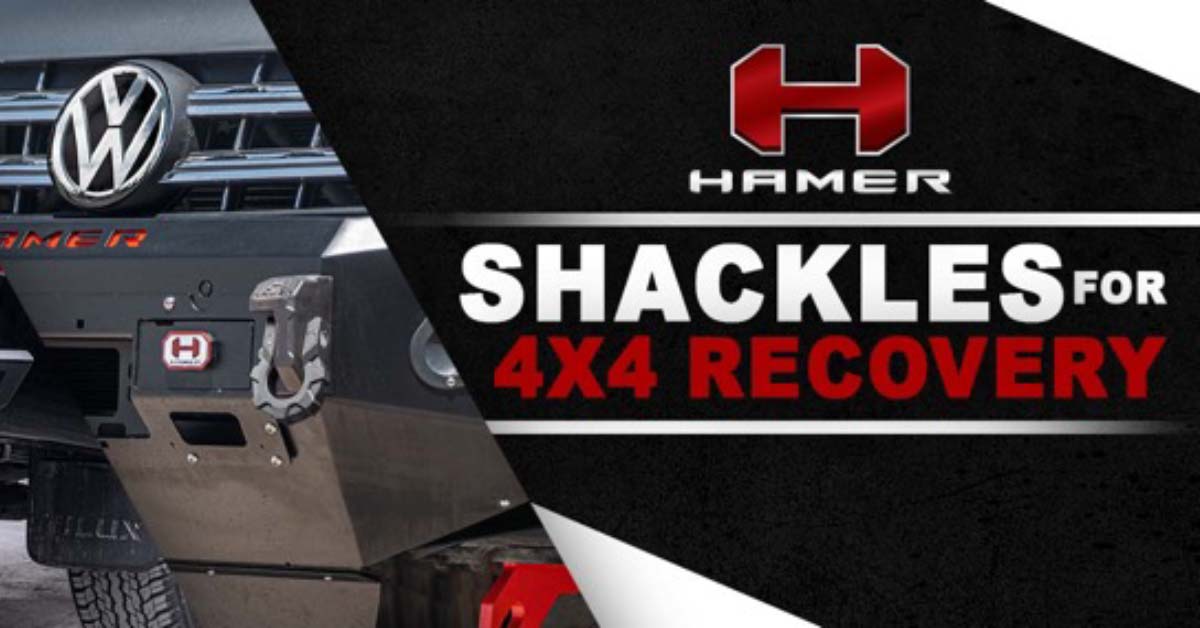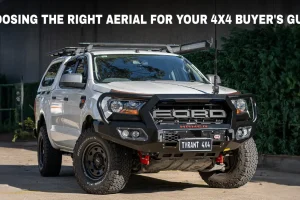NEWS & ACTIVITY
4×4 Soft Shackles vs Bow Steel Shackles
When it comes to off-road adventures and exploring the rugged terrains of Australia and beyond, having the right 4×4 accessories can make all the difference. As an avid 4×4 enthusiast, you understand the importance of reliable gear that can withstand the challenges of the great outdoors.
In this blog post, we will explore the key differences between two essential recovery equipment options: 4×4 soft shackles and bow steel shackles. Whether you’re venturing deep into the wilderness or simply looking to improve your vehicle’s recovery setup, understanding the benefits and drawbacks of these shackles will help you make an informed decision.
What Are Soft Shackles?
Soft shackles are innovative, lightweight, and flexible alternatives to traditional metal shackles. They are constructed from high-strength synthetic materials like Dyneema or other advanced fibers. Soft shackles boast impressive tensile strength and are designed to handle heavy loads easily.
These shackles are favored for their ease of use, especially when dealing with tricky recovery situations in which your 4×4 vehicle might be stuck or immobilized, and recovery efforts are needed to get it back on track. These situations could include getting stuck in deep mud, sand, or snow, navigating steep inclines or declines, crossing rugged terrains, or overcoming obstacles like rocks or fallen trees. During these challenging recoveries, soft shackles offer advantages due to their flexibility, lightweight, and ease of use, making the recovery process smoother and safer.
The Advantages of Soft Shackles
-
Lightweight and Flexible: soft shackles are significantly lighter than their steel counterparts, making them easier to carry and handle during recoveries.
-
Safe and User-Friendly: The absence of metal components eliminates the risk of damaging your vehicle’s paintwork or causing injuries during use.
-
Versatile Use: Soft shackles can be used with various recovery points, making them adaptable to different off-road setups.
-
Floatable Design: In water crossings, soft shackles float, making them easier to spot and retrieve if accidentally dropped.
-
Reduced Noise: Soft shackles create minimal noise during off-road adventures, ensuring a quieter and more peaceful ride.
What Are Bow Steel Shackles?
Steel shackle or Bow shackle or hard shackle, steeped in off-road tradition, have garnered widespread recognition among enthusiasts. Crafted from robust steel materials, these shackles are renowned for their exceptional durability and unwavering strength. Their bow-shaped design effortlessly accommodates various recovery points on your 4×4 vehicle, making them a versatile choice for challenging off-road scenarios and heavy-duty recoveries.
However, it’s essential to consider their weight and rigid construction, which may have slight limitations in specific situations. Despite this, bow steel shackles remain a reliable companion for conquering tough terrains and enduring demanding recoveries.
The Advantages of Bow Steel Shackles
-
Unparalleled Strength: Bow steel shackles are known for their robustness and can handle extreme loads and demanding recoveries.
-
Heat and Abrasion Resistance: The steel construction makes these shackles highly resistant to heat and abrasion, ideal for intense off-roading conditions.
-
Compatibility: Bow shackles are designed to fit various recovery points and can accommodate a wide range of accessories.
-
Long-lasting Durability: These steel shackles can serve you reliably for many years with proper care.
-
Trusted by Off-Road Enthusiasts: Many experienced off-roaders prefer bow steel shackles for their proven track record in challenging situations.
The Different Between Soft Shackle and Steel Shackle
When it comes to choosing the right shackle for your off-road adventures, understanding the differences between soft shackles and bow steel shackles is essential. Each type offers distinct advantages and considerations that can impact your overall off-road experience.
Strength:
Soft Shackles: Crafted from high-strength synthetic materials, soft shackles boast impressive tensile strength, making them a reliable choice for most off-road recoveries. Minimum Breaking Strength (MBS): 35,000 LBS (15,875 KG), 60,250 LBS (27,328 KG)
Steel Shackles: Made from robust steel materials, bow shackles offer unparalleled durability and strength, making them ideal for heavy-duty recoveries and extreme conditions. For example, with Hamer shackles, Omega shackle can support tensile around 3.5 tonnes. Maxo shackle and Ultimate shackle can do it for 25 tonnes.
Cost:
Soft Shackles: Generally more cost-effective than their steel counterparts, soft shackles provide an economical solution without compromising on performance.
Steel Shackles: Due to their rugged construction and exceptional strength, bow steel shackles may come at a slightly higher price point.
Buoyancy:
Soft Shackles: One of the key advantages of soft shackles is their buoyancy, making them easier to spot and retrieve in water crossings or challenging recovery situations.
Steel Shackles: Unlike soft shackles, steel shackles are not buoyant, which may pose challenges in water-based recoveries.
Overall Durability:
Soft Shackles: While highly durable, soft shackles might wear out more quickly when subjected to frequent, intense use or exposure to harsh elements.
Steel Shackles: Known for their rugged construction, bow steel shackles offer exceptional longevity, standing up to the harshest off-road conditions.
Ease of Use:
Soft Shackles: Soft shackles are designed with user-friendliness in mind, offering quick and straightforward installations and handling.
Steel Shackles: Due to their weight and rigid design, bow steel shackles may require more effort during setup and may not be as easy to use in certain situations. Click here to learn more about ‘How to safely use the shackles’
Weight Limit
Soft Shackles: Verify the working load limit of soft shackles to ensure they match your specific recovery needs. General soft shackle working weight load limit around 3,969 Kilograms depends on the material and size of the shackle.
Steel Shackles: Typically boasting higher weight capacities, steel shackles are well-suited for heavy-duty recoveries and substantial loads. For example with Hamer shackles, Maxo shackle can weight maximum 19,000 Kilograms and Ultimate shackle can weight maximum 25,000 Kilograms.
Terrain and Frequency of Use:
Soft Shackles: Ideal for frequent off-road explorations and challenging terrains, soft shackles excel in versatility and adaptability.
Steel Shackles: Better suited for occasional heavy recoveries and extreme off-road conditions where their robustness shines.
Recovery Point Compatibility:
Soft Shackles: Ensure soft shackles fit your vehicle’s recovery points securely to guarantee effective recoveries.
Steel Shackles: Check compatibility with your 4×4’s existing recovery setup to ensure a seamless integration.
Safety Considerations:
Soft Shackles: Soft shackles are safer to handle, with no metal components, reducing the risk of vehicle damage or personal injury during recoveries.
Bow Steel Shackles: Due to their weight and rigid construction, bow steel shackles require extra caution during use to avoid potential hazards.
Front Bumper or Rear Bumper: The Better Spot to Install the Shackle
When it comes to choosing between installing the shackle on the front bumper or rear bumper of your 4×4 vehicle, there are crucial considerations to weigh. Each location offers distinct advantages that can impact the effectiveness and ease of your recoveries during off-road adventures.
Front Bumper: Advantages and Considerations
Advantages:
-
Quick Accessibility: Placing the shackle on the front bumper allows for easy and swift access during emergencies or recovery situations.
-
Balanced Weight Distribution: Installing the shackle on the front bumper helps maintain a balanced weight distribution for your vehicle, which is crucial for optimal off-road performance.
-
Enhanced Visibility: When attached to the front bumper, the shackle becomes more visible, making it easier to spot during critical moments.
Considerations:
-
Limited Approach Angle: Depending on your 4×4’s front bumper design, the approach angle may be slightly restricted, potentially impacting your vehicle’s ability to navigate steep inclines or obstacles.
Rear Bumper: Advantages and Considerations
Advantages:
-
Increased Departure Angle: Mounting the shackle on the rear bumper often offers a better departure angle, allowing your vehicle to navigate steep descents with ease.
-
Enhanced Rear Recovery: In scenarios where rear recovery is more suitable, having the shackle on the rear bumper proves advantageous.
Considerations:
-
Access Challenges: While rear bumpers provide benefits for specific recoveries, accessing the shackle during front-end recoveries might be more challenging and time-consuming.
The Ultimate Decision:
Ultimately, the decision to install the shackle on the front or rear bumper depends on your unique off-road needs and preferences. If quick accessibility and balanced weight distribution are paramount, the front bumper might be the preferred choice. On the other hand, if an improved departure angle and rear recovery possibilities are essential, the rear bumper becomes the prime location.
Many off-road enthusiasts choose to equip their 4×4 vehicles with both front and rear bumpers equipped with shackles. This dual setup ensures versatility and readiness for various recovery scenarios. Additionally, using reliable shackles, such as soft shackles or bow steel shackles, further enhances safety and performance during recoveries.
Whichever location you opt for, ensure that your chosen shackle installation is secure, and the bumper can handle the forces involved during recoveries. By making an informed decision and equipping your 4×4 with the right shackle setup, you’ll be well-prepared to conquer any off-road challenge that awaits.
Conclusion:
In the realm of 4×4 accessories, the choice between 4×4 soft shackles and bow steel shackles ultimately depends on your specific needs and preferences. Both options have their advantages and can be valuable additions to your off-road toolkit. Whether you opt for the versatility and user-friendliness of soft shackles or the unparalleled strength of bow steel shackles, one thing remains clear – having reliable recovery equipment is crucial for safe and enjoyable off-road adventures.
Remember to consider factors like weight limit, terrain, vehicle compatibility, and safety when making your decision. Always prioritize the safety of yourself, your passengers, and your 4×4 vehicle during every off-road journey. Learn more about all type of shackles here.
So, gear up with top-notch 4×4 accessories from Hamer4x4, where you’ll find a wide range of products, including Hamer bull bars, skid plates, recovery points, and more. Prepare for your next off-road expedition with confidence and equip yourself with the best gear for your 4×4 adventures!



































































































